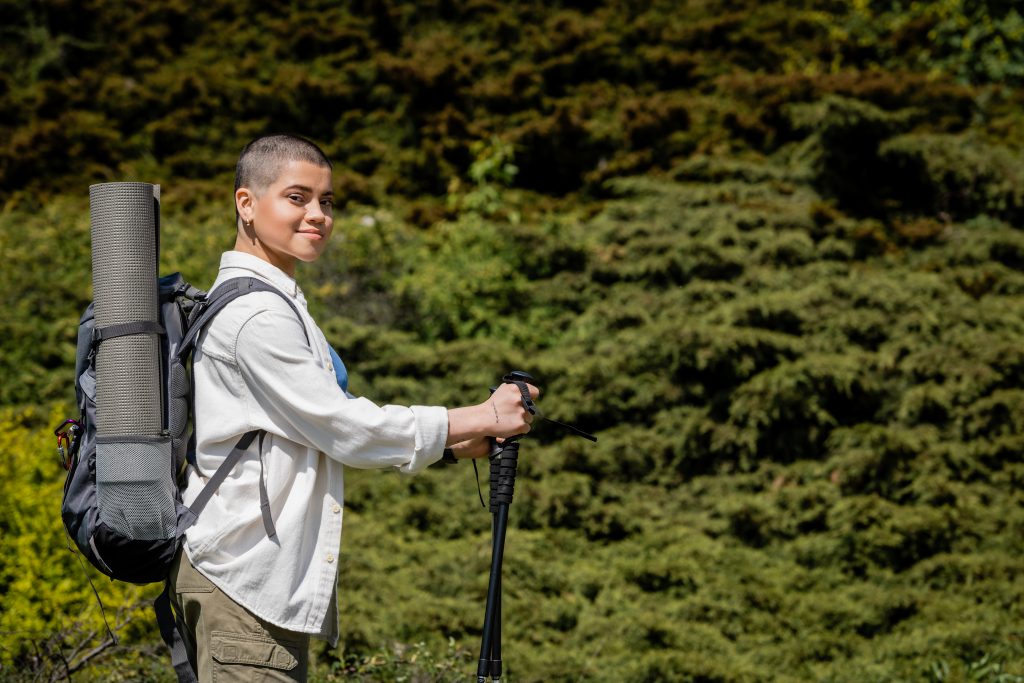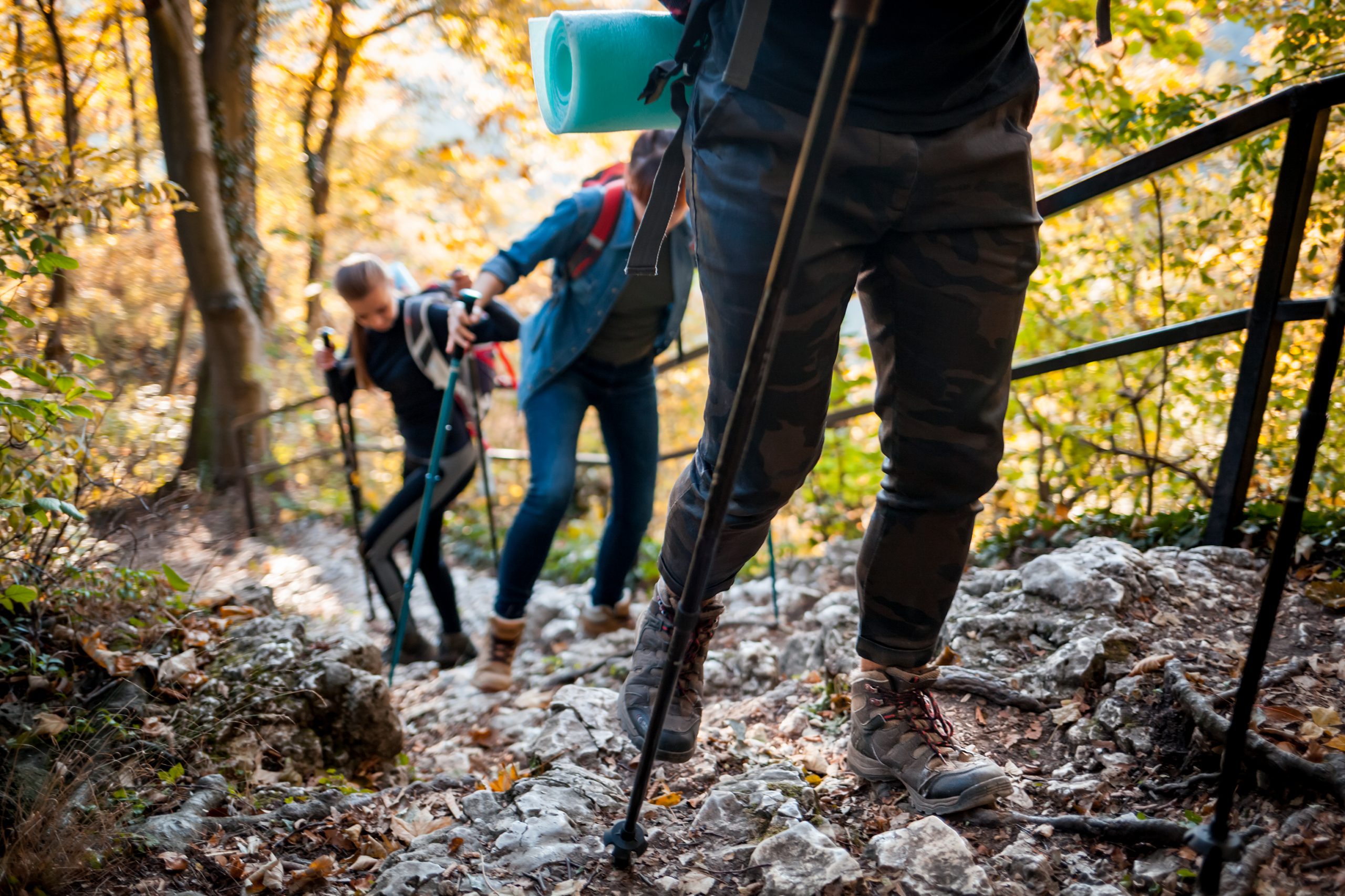Hiking, in its most basic form, has been an integral part of human life since prehistoric times. Long before it became a recreational activity, walking long distances was a necessity for survival, migration, and exploration. Early humans walked to hunt, gather food, and find new habitats, leaving behind paths that would later become the foundation of trails used by subsequent generations.
In many ancient cultures, walking and pilgrimage held spiritual and cultural significance. The Camino de Santiago in Spain, dating back to the 9th century, is one of the oldest known pilgrimage routes. Pilgrims traveled these paths to reach sacred sites, seeking spiritual growth and enlightenment.
The transformation of hiking from a practical activity to a recreational pursuit began in the 18th and 19th centuries, particularly in Europe. The Romantic Movement, which emphasized a deep appreciation for nature and the sublime, played a significant role in this shift. Writers and poets like William Wordsworth and Henry David Thoreau celebrated the natural world, inspiring others to explore and find solace in nature.
The late 19th and early 20th centuries saw the formation of hiking clubs and organizations dedicated to promoting and preserving trails. One of the earliest and most influential was the Appalachian Mountain Club, founded in 1876 in the United States. This organization, along with others like the Sierra Club (founded in 1892), played a crucial role in advocating for conservation and creating a network of hiking trails.

The popularity of hiking grew significantly in the 20th century, particularly after World War II. The construction of extensive trail systems and the establishment of national parks made nature more accessible to the public. Trails like the Appalachian Trail (completed in 1937) and the Pacific Crest Trail (established in 1968) became iconic destinations for hikers seeking adventure and a connection with the outdoors.
In Europe, the creation of long-distance trails such as the GR (Grande Randonnée) network further fueled the popularity of hiking. These trails, marked by distinctive red and white blazes, crisscrossed the continent, offering a variety of terrains and cultural experiences.
Today, hiking is a global phenomenon enjoyed by millions of people of all ages and backgrounds. Advances in gear and technology, such as lightweight equipment, GPS devices, and specialized clothing, have made hiking more accessible and enjoyable. Social media platforms and online communities have also played a role in popularizing hiking, allowing enthusiasts to share their experiences and inspire others.
In recent years, hiking has evolved beyond a mere recreational activity to become a lifestyle for many. The concept of thru-hiking, where hikers complete long-distance trails in a single journey, has gained popularity. Trails like the Appalachian Trail, Pacific Crest Trail, and Continental Divide Trail challenge hikers to embark on months-long adventures, often referred to as the “Triple Crown” of hiking.
Additionally, the trend of “microadventures” has emerged, encouraging people to find adventure and nature experiences close to home. This approach makes hiking more accessible to those with busy schedules, promoting the idea that nature is never too far away.














